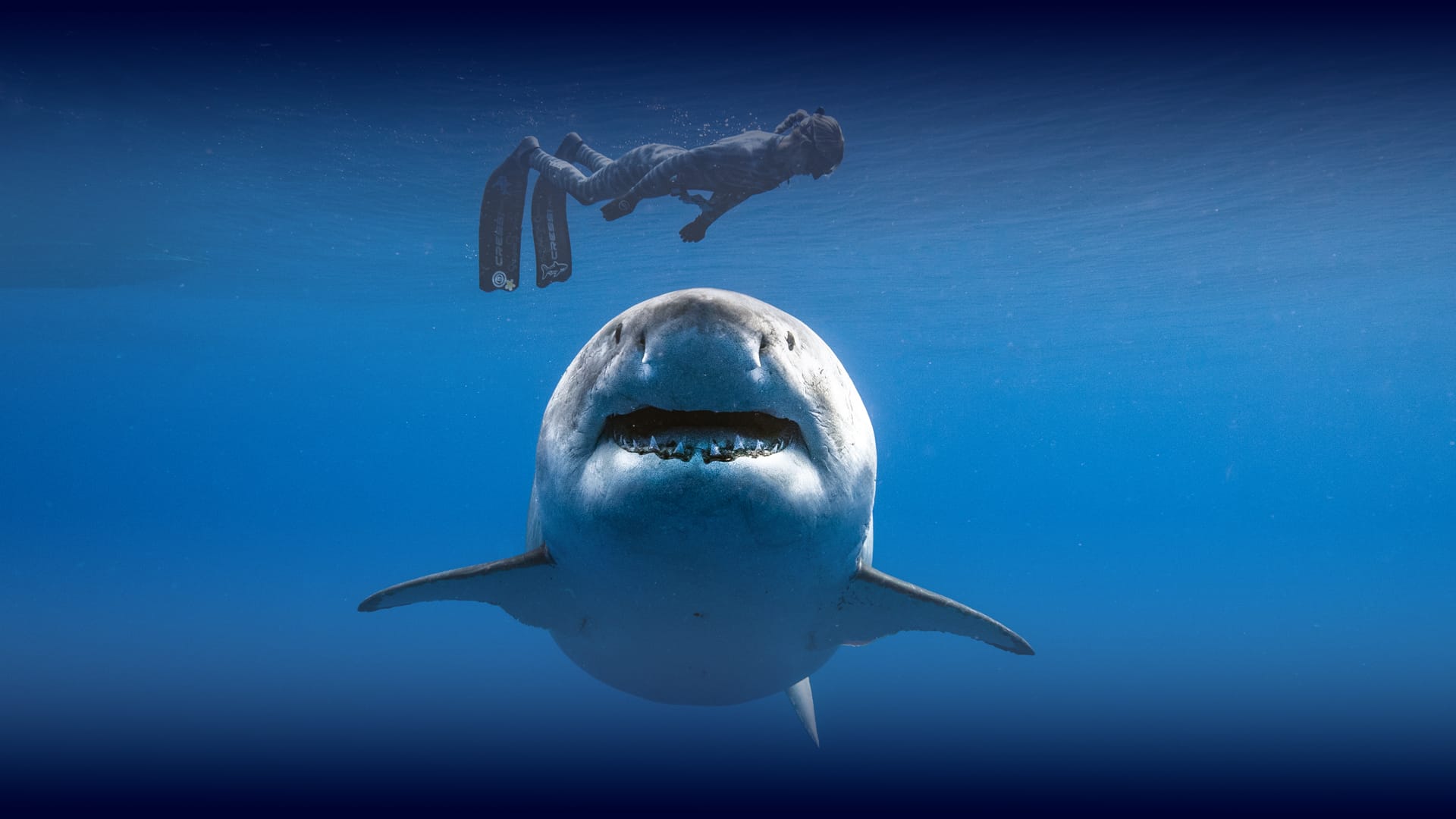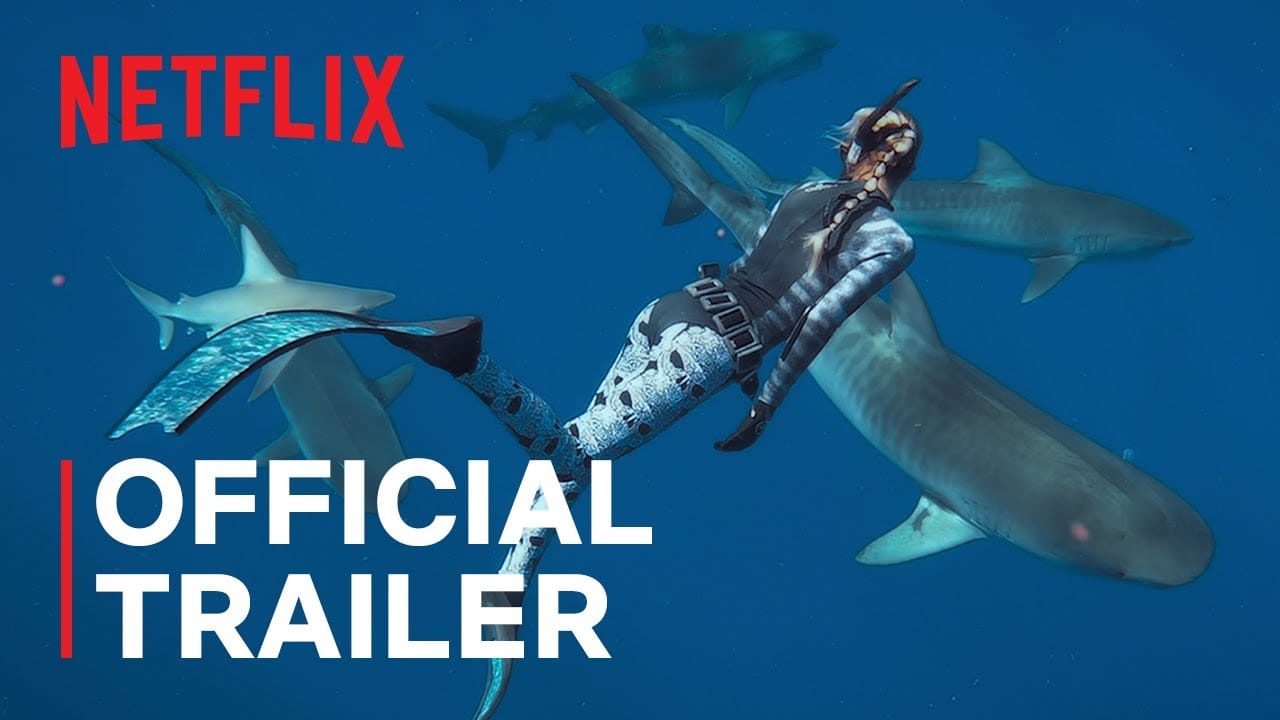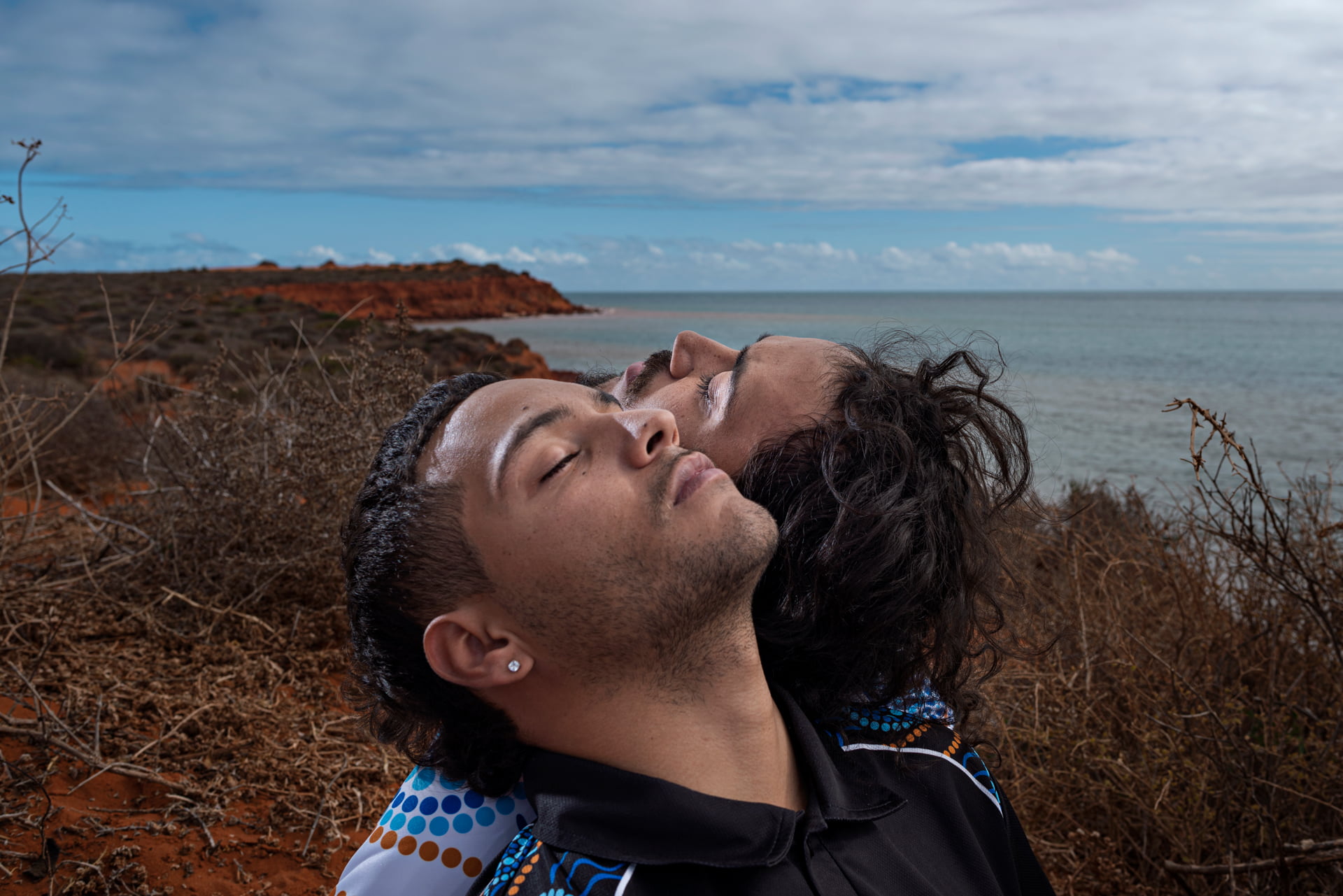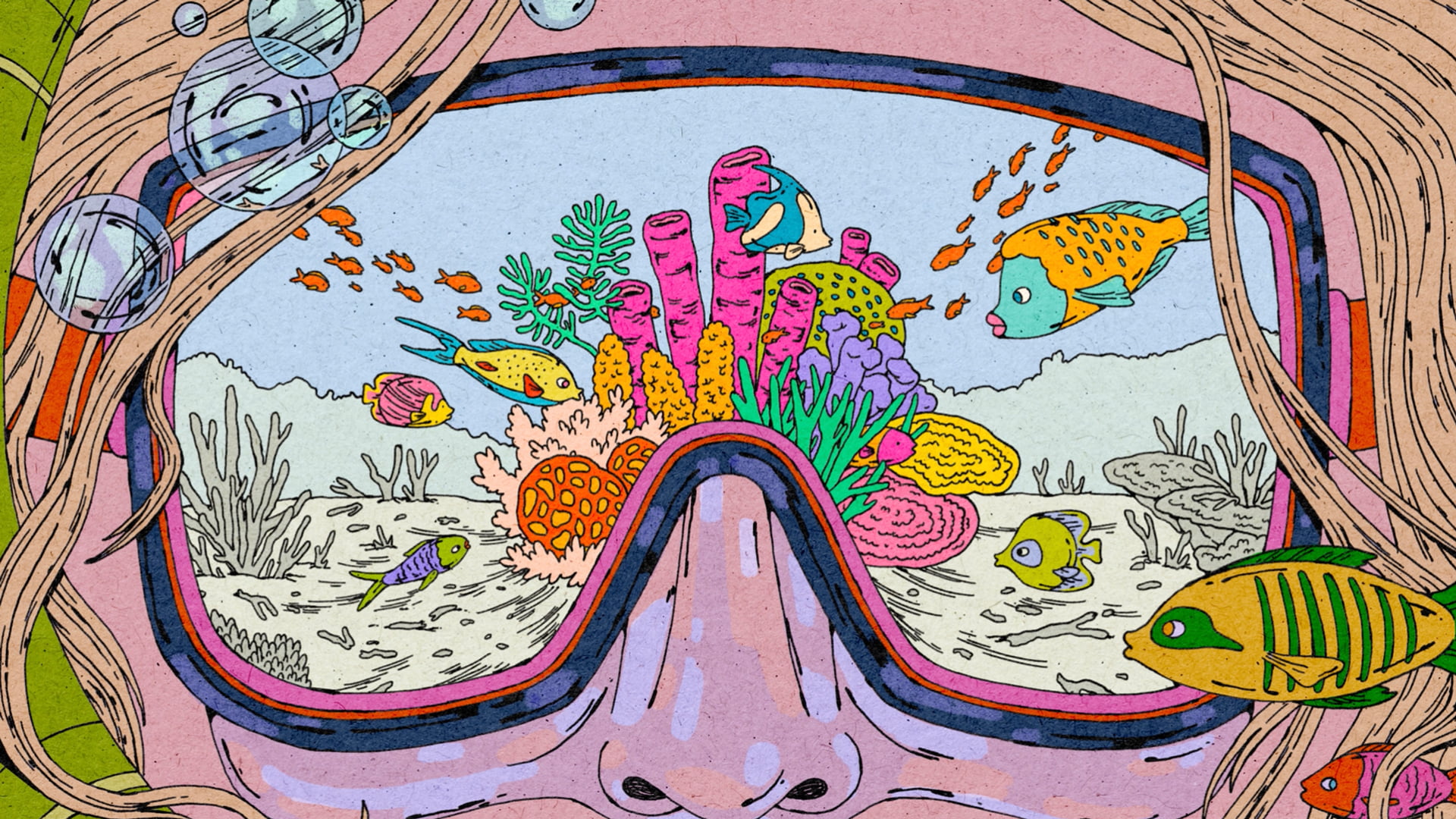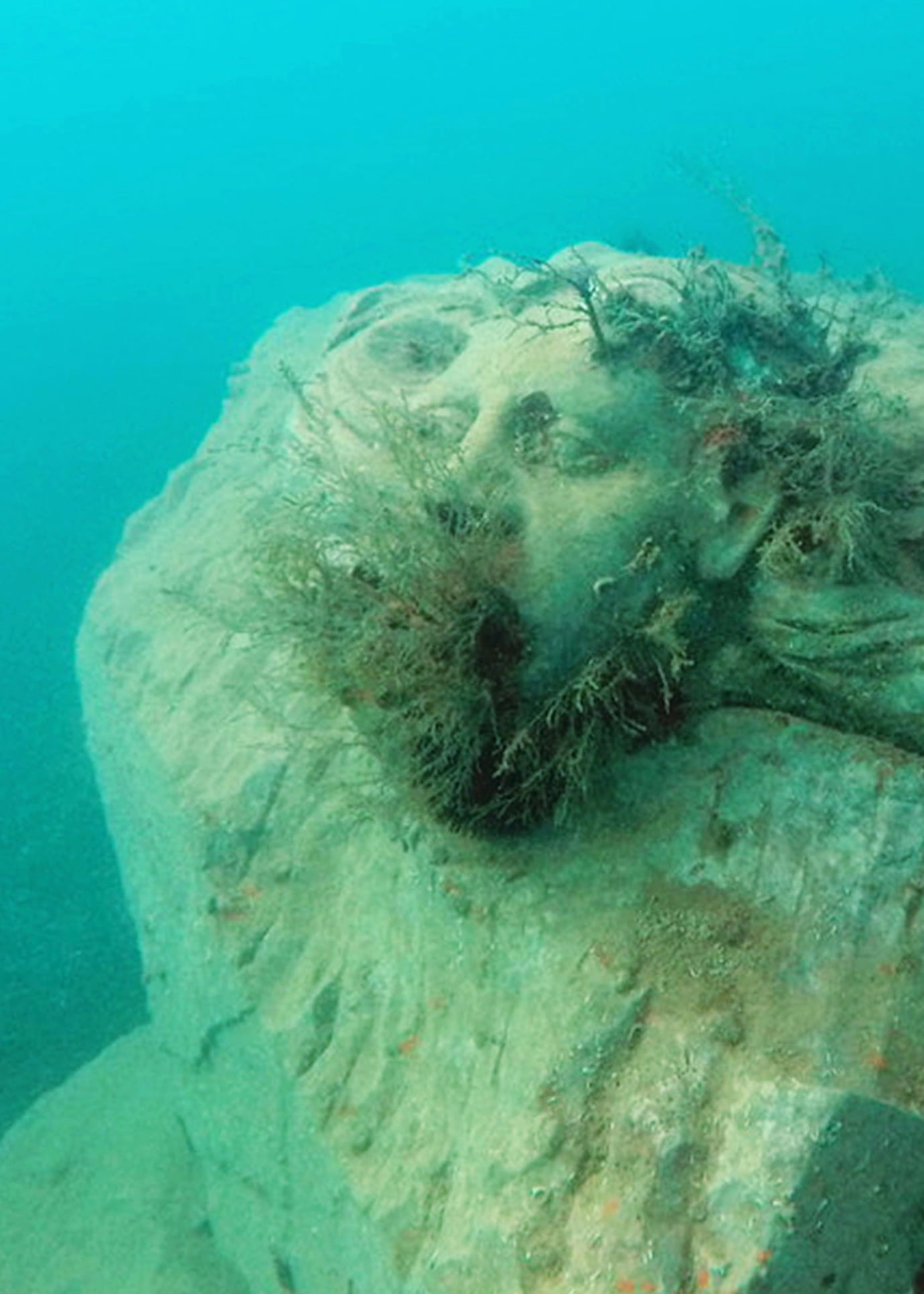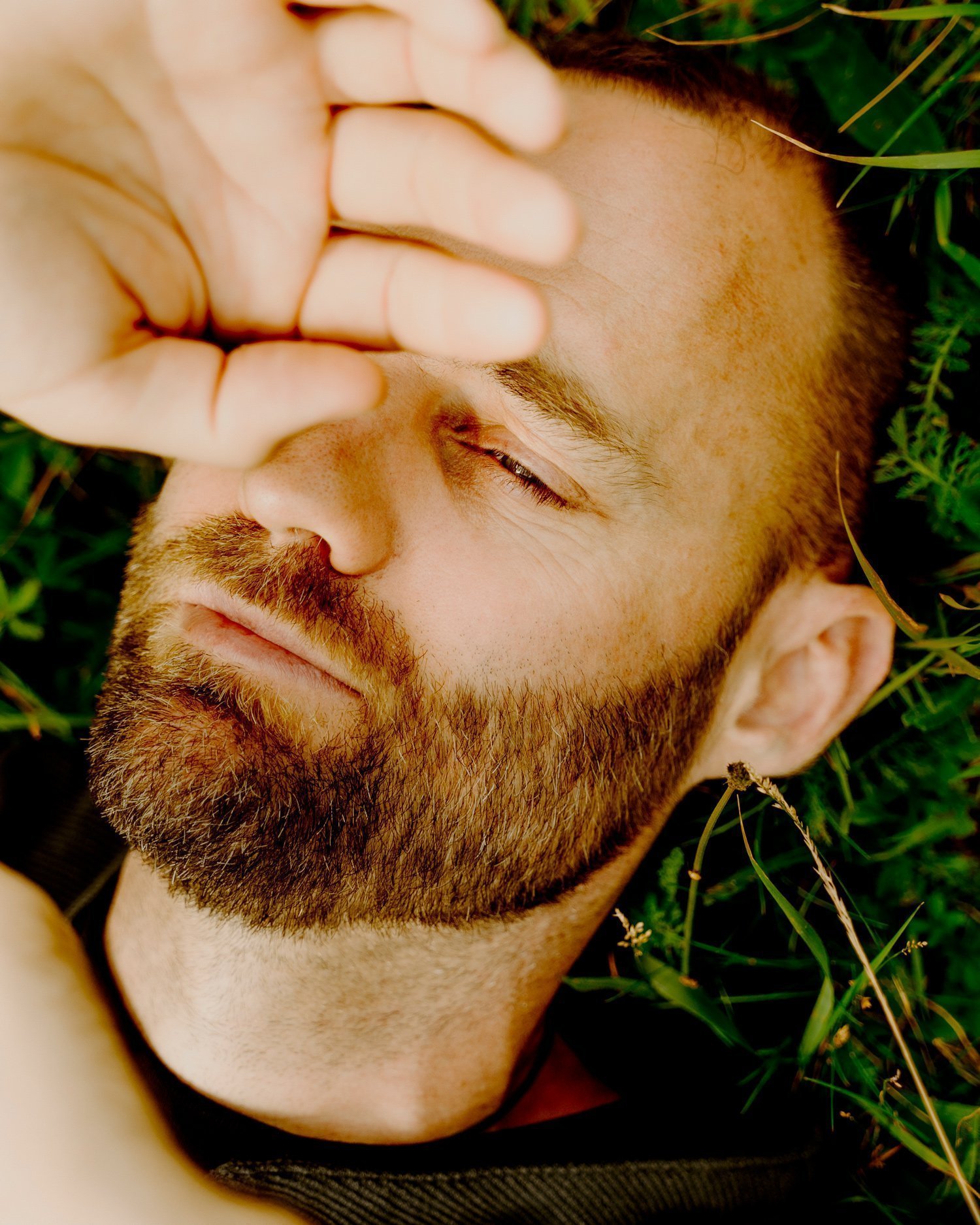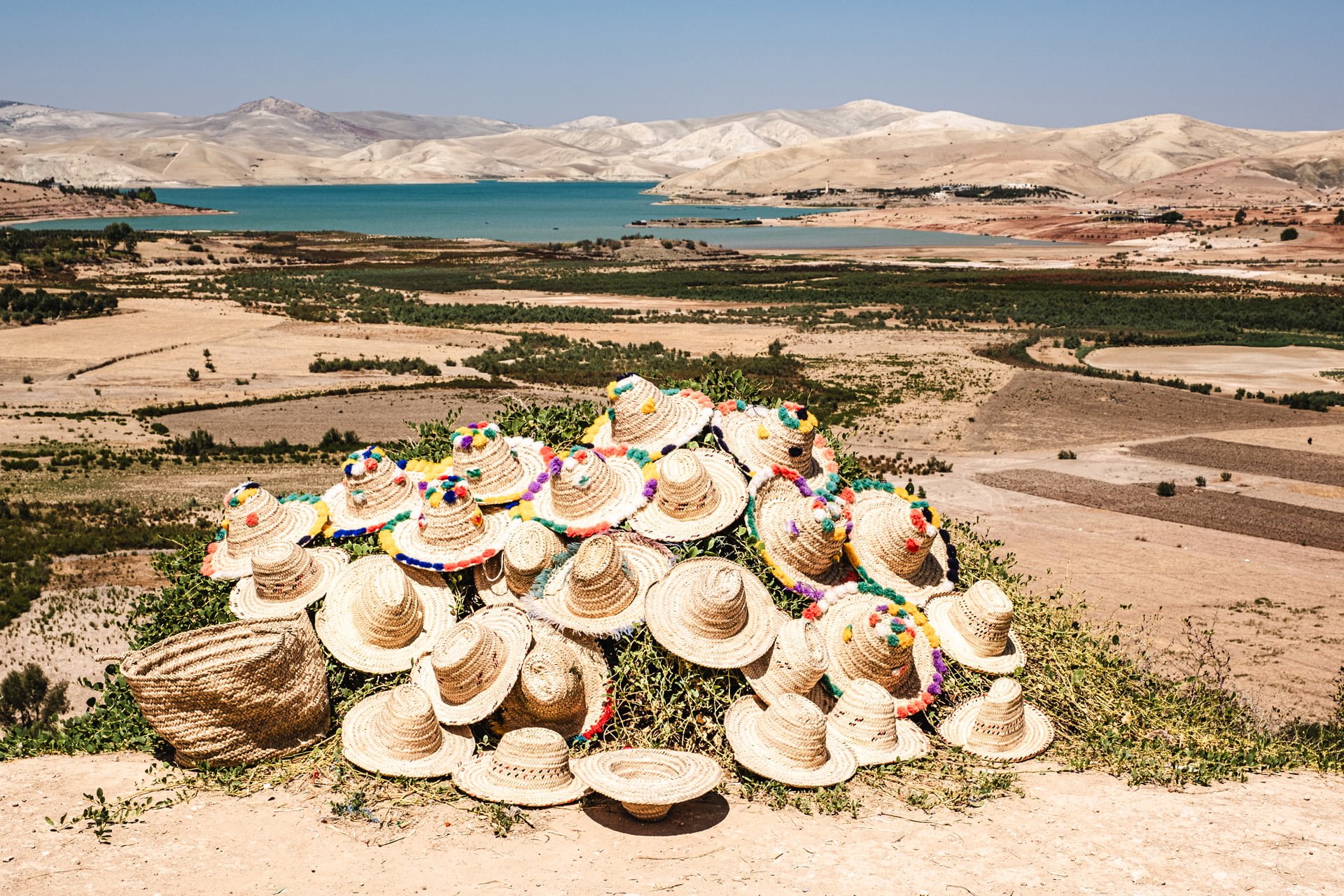“I want people to overcome their fear,” says shark diver and conservationist Ocean Ramsey, the subject of a new Netflix documentary, Shark Whisperer.
The great white shark is so large it looks like a living submarine. The woman swimming alongside it is dwarfed in comparison. There is no cage, net, or other safeguard. Just a human and a behemoth great white – over six meters long and two and a half wide, one of the largest ever recorded on film – seemingly swimming in perfect harmony. At one point, the woman reaches out and holds the shark’s pectoral fin. The shark doesn’t seem to mind. The two continue to glide through the water, hand in hand.
This is the kind of interaction, equal parts intimate and heart-stopping, that has made Ocean Ramsey an internet star. With only fins and a dive mask, Ramsey has swum alongside dozens of shark species, including all those typically considered dangerous and aggressive, such as tiger sharks, bull sharks, and great white sharks. Why? To promote shark conservation.
Shark Whisperer is the new Netflix documentary film following her story. It arrives at a potent cultural moment, exactly 50 years after another shark movie, Jaws, first terrified theatergoers in the summer of 1975. But Steven Spielberg’s classic didn’t just win three Academy Awards; it cemented a powerful myth into our collective psyche: sharks are killing machines. In reality, shark attacks kill less than 10 people a year. (Statistically, you have a better chance of being struck by an asteroid.)
“People think they’re these mindless Jaws monsters,” Ramsey told me. “That’s the biggest misperception. People think if a shark swims past them, they’re going to get eaten. So, that means that any time they’ve gone in the ocean, if they’re still alive, a shark wasn’t there, right?”
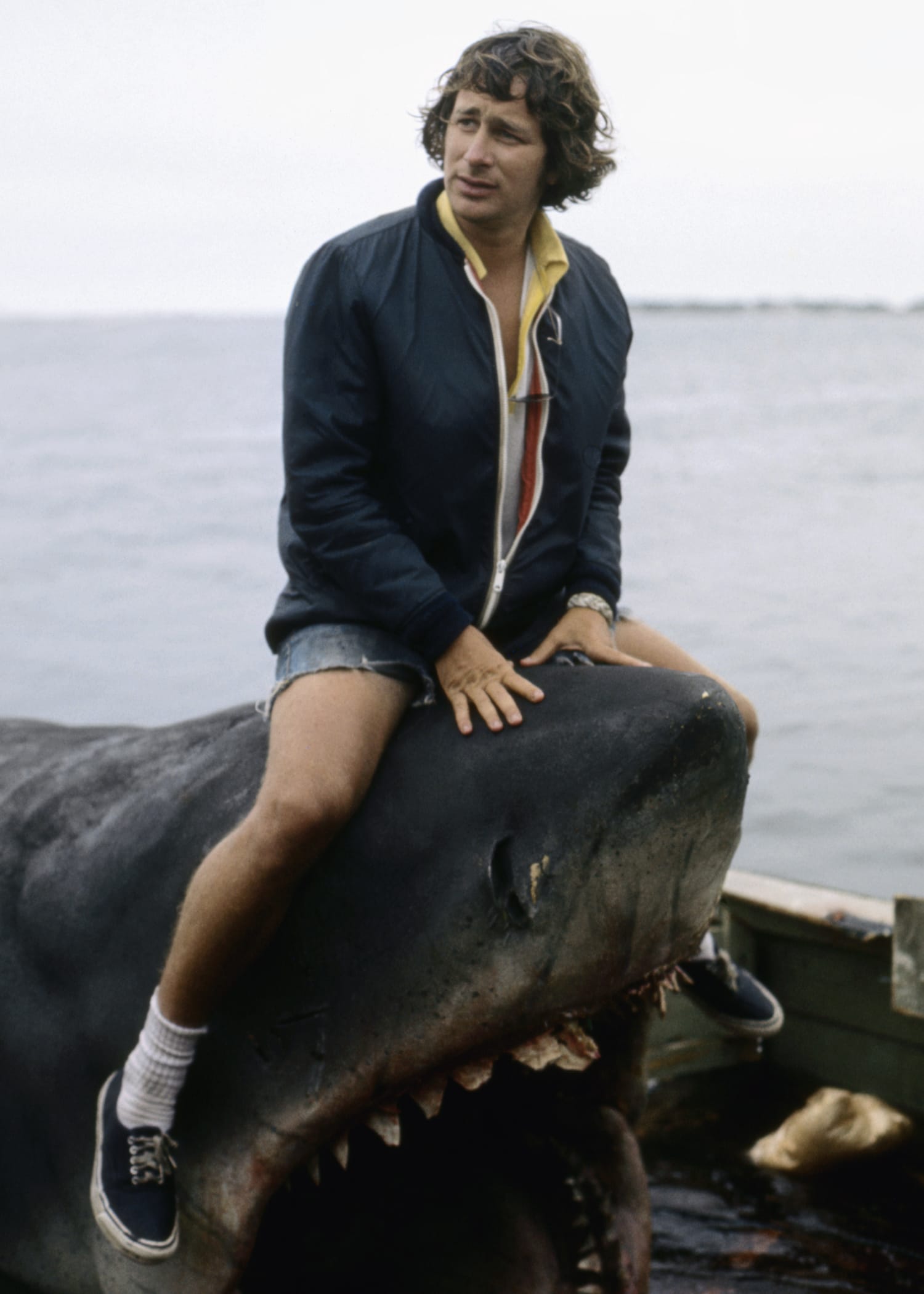
Steven Spielberg on the set of Jaws. Photo: Sunset Boulevard/Corbis via Getty Images
As aerial drone footage – some of which is shown in Shark Whisperer– increasingly proves, sharks are swimming around us far more often than we might think. The reason attacks are rare, Ramsey argues, is not that shark encounters are rare. Attacks are rare because sharks don’t want to attack us. Evidence indicates that most shark attacks are cases of mistaken identity, (with surfing and swimming humans resembling seals and sea lions seen from below), and Ramsey says her experience in the water backs this up.
“Sharks have this instinctive, commanding presence. You feel it at your core.”
“About 99% of the time, sharks don’t really care about us,” she explains. “The part you see [in my footage] where sharks swim up close to me, that’s usually after hours in the water. And even that is just one percent of the population, the most dominant individual in the social hierarchy.” In these cases, Ramsey deters potential aggression through a variety of techniques, such as posturing vertically to be perceived as larger and more dominant, and pushing the shark’s snout with a locked-out elbow to “redirect” it.
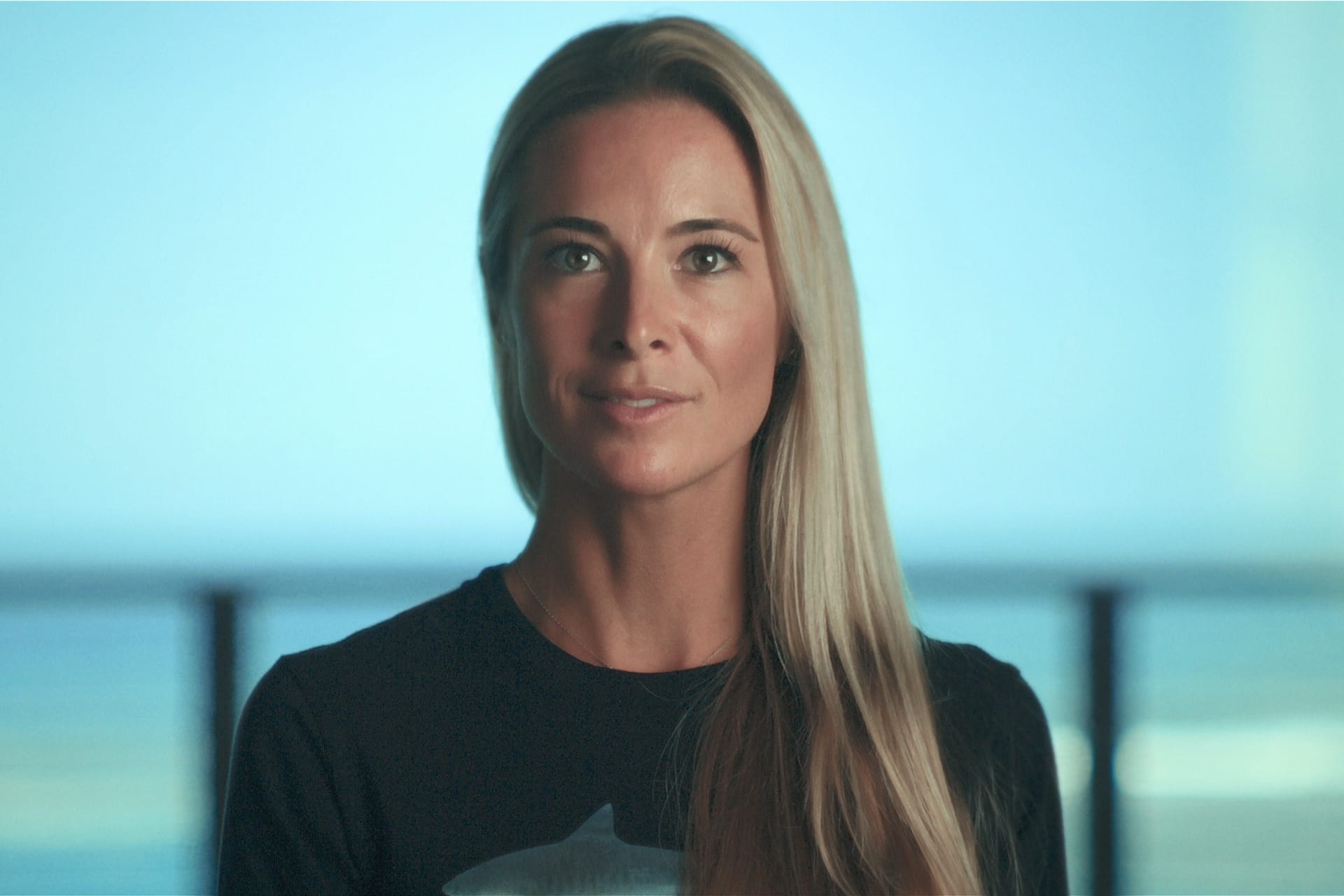
Ocean Ramsey has been swimming with sharks for 20 years and remains in awe of these incredible animals. Photo: Netflix
Growing up in Hawaii, Ramsey has spent time in the water with everything from sea turtles to whales to dolphins, but there’s nothing quite like a shark, she says. It’s been over two decades since she started swimming with these creatures, age 14, but even today she’s up at 5:00am, seven days a week, to head out on the water and dive with them. “Sharks have this instinctive, commanding presence that’s hard to put into words,” she says, “but almost everyone that swims with them understands the feeling. You feel it at your core.”
Ramsey runs a diving company, One Ocean Diving, that takes tourists to swim with sharks. She says many of her clients describe it as “one of the most calming experiences” of their lives. “Some people say it’s extremely exciting,” she added, “but there’s also this calmness to it. Almost everyone can see pretty quickly that they are one of the most graceful animals on the planet.”
Ramsey told me part of the affection and fascination she feels for the species is founded in their ability to perceive the world in a unique way. Sharks are one of the only animals on the planet with a true “sixth sense”. They possess organs called ampullae of Lorenzini, which let them sense the bioelectrical output from nearby living things. “Their hearing is so much more acute, their ability to feel the tension in our muscles, to sense our heartbeat, to feel the way that we’re moving through the water, it’s all truly incredible,” Ramsey says. “When we make physical contact, sharks are able to sense me in a way that maybe I cannot sense them.”
Sharks have been evolving for a long time. Fossil evidence reveals that sharks have existed on Earth for more than 450 million years, meaning they’ve been around longer than trees, not to mention most animals. They’ve survived all five of Earth’s previous mass extinction events, but like many other forms of non-human life, sharks are struggling in the face of the current (human-made) extinction wave.
Over 100 million sharks are killed each year, and over a quarter of all shark species are threatened with extinction, according to the International Union for Conservation of Nature (IUCN). Many are killed as bycatch, caught in fishing nets by accident, and others are targeted solely for small parts of their body, such as their fins – used to make shark fin soup, a delicacy in some Asian countries – and their livers, which contain squalene, a common ingredient in cosmetic and skincare products. This industrial-scale slaughter isn’t just catastrophic for sharks, but for our planet’s oceans. Sharks are keystone species. As apex predators, they play a vital role in population control and habitat maintenance, and a robust shark population is one of the clearest indicators of a healthy, thriving marine ecosystem.

In addition to her shark diving tours, Ramsey says she hopes that the videos and photos posted on her Instagram, which boasts over two million followers, will raise awareness of this plight. She also uses her platform to target concrete goals, such as the banning of shark fishing in Hawaii, a six-year effort that features prominently in Shark Whisperer.
But even if the sharks seem to love her, not all humans are on board. Ramsey’s approach to conservation has drawn condemnation from everyone from marine biologists, animal rights activists, dive instructors, and lifeguards. Some believe her social media posts promote unsafe behavior, others see them as evidence of animal harassment. Several of her critics appear prominently in Shark Whisperer. “It’s more for show than for science,” says University of Hawaii marine biologist Dr. Kim Holland. “It sends the wrong message,” adds dive instructor Alex Burr.
Ramsey has an undergraduate degree in marine biology and a doctorate in ethology, but many critics target the fact that she operates outside of academic or scientific circles, does not publish or collaborate on research papers, and instead uses tourism and social media as her primary conservation tools. But not all scientists agree with this perspective. “It might seem to some that because she allows herself to be photographed and tell her stories, that that’s not what a scientist does,” says oceanographer Dr. Sylvia Earle. “But what does a scientist do, except observe carefully, and share the view?”
Ramsey told me she’s aware that, like anyone advocating for a cause on social media, she walks a thin line between raising awareness and glamorizing dangerous behavior. She’s the first to admit “we can’t put human traits on other species,” and says her goal isn’t to anthropomorphize sharks or make them out to be cuddly, harmless creatures. Instead, she says she wants to “help people overcome their fear, and replace it with a high, healthy level of respect.”
“What you see me do in the water, I learned that from the sharks.”
“Sometimes you’re gonna get critics because they’re scared, they don’t understand, they don’t have the same experience,” Ramsey adds. “ But that’s when it’s even more important to keep going, keep sharing that information, and let the evidence speak for itself.” She says her strategy is to “lead with compassion, and stay focused on my mission.”
“I welcome people who take different approaches towards the same goal,” she adds. “We should be working together, not criticizing each other.”
In fact, Ramsey told me she prefers to identify as a conservationist, not a scientist. Science, she says, requires a neutrality she can no longer afford. “You’re studying and you’re presenting evidence. You’re not picking sides,” she explains. “I’ve seen too much, done too much, to not pick a side, to not want to go out and implement. We don’t know everything we can know about sharks, but we know enough to know that they’re important, and we know enough to know that they’re being wiped out. We need to do something.” She laughs, then adds, “What you see me do in the water, I learned that from the sharks. You’re not gonna learn that in a textbook or at university.”
Perhaps the debate is best summarized in the documentary by shark researcher and conservationist Dr. Mauricio Hoyos. “If you are a scientist or not a scientist, that doesn’t matter that much,” he says. “For me, what matters is the amount of time you spend with these animals.”
When it comes to that, there’s probably no one who can top Ocean Ramsey.
And as she says in Shark Whisperer, “Changemakers are the ones that try something a little different, right?”

Pre-order your copy of Imagine5 Volume 4 – out in September. It’s packed with hope, and inspiration for greener living, from musicians, magicians, mushroom people, time travelers and more!
The big blue
